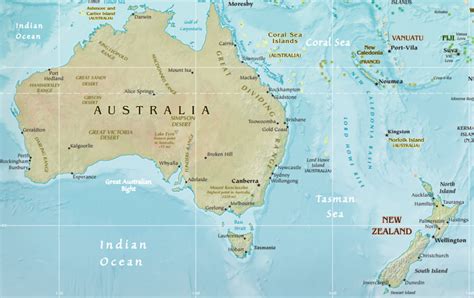The air freight market has been through something of a roller coaster ride. The chart is from IATA and must have been a nailbiting ride for the industry.
As IATA stated: “Overcapacity is coming mainly from an expansion of the passenger business as well as an increase in the freighter fleet. Additional cargo capacity from wide-body belly passenger aircraft has continued to exceed that from the freighter-only fleet. Dedicated freighters remain an essential part of air cargo as certain factors, such as the departure and arrival times, type and size of cargo, and the difference between cargo and passenger destinations limit the use of belly cargo. Large wide-body freighter aircraft utilization is trending upwards and is now back to levels last seen in 2012. At the same time, airlines are managing to maintain the freight load factor at levels last seen in late 2014.”
You can read IATA’s 31-page 2018 freight strategy report here.
How has the freighter fleet evolved? While the amount of freight moved can vary substantially, fleet decisions are not fungible.
As the chart illustrates the fleet was much less volatile during the wide swings in freight traffic. Narrow-body freighters saw a decline but seem to be recovering. Among wide-bodies, the softening after 2007 seems to be behind and the fleet is growing again. But growth rates are not like what we saw between 2000 and 2007.
If the OEMs are pleased to see the recovery, here’s even better news. The fleet is aging rapidly. Even if the fleet does not fly at rates seen by passenger aircraft, fuel burn, and other MRO expenses are rising. Fuel prices have doubled in the past twelve months. We think that freighter fleets might see some refreshing.
While the freight industry likes to use retired passenger aircraft, this may see some change. Here’s the UPS fleet, for example, and we see that this fleet does not have a monolithic age trend. It has a younger fleet than the industry average and it’s taking several new 747-8s.
If you want a sense of freighter fleet decisions, look at the Boeing order book. It’s been a spotty time. But we are seeing market interest in the 747-8F again (UPS). Although the 777F market looks soft, that model may be the most preferred as older MD11s are retired.
What do the opportunities look like for the widebody freighter fleet renewal? It looks attractive.
Airbus is not a strong player in the market. But it would be safe to assume that many of the A300/A310 freighters could stay with Airbus. That might give Airbus roughly a 20% share. Which means Boeing is looking at a replacement market of about 900 freighters. Add growth and things look even better.
What about the narrow body fleet? This is another Boeing stronghold. There 758 active freighters, and of these 667 are 727/737/757. Even with Airbus coming into the market with the A321PF, Boeing is likely to hold 85% market share. Add another 644 freighters to the 900. It is quite a market opportunity.
Views: 1











“Airbus is not a strong player in the market. But it would be safe to assume that many of the A300/A310 freighters could stay with Airbus.” Why is this a “safe” assumption, given the paucity of WB freighters by Airbus?
You only show 748F and 777F orders in each given year. Why not include 763F orders? When was the latest A332F ordered?
Further, there are 30+ 777F and 60+ 763F units in backlog. There are only 4 A332F units in backlog. Unless Airbus is ready to announce a A332Fneo or an A358F program, replacements for the A300/A320F units will almost certainly be from Boeing or from P2F conversions, the vast majority of which are Boeing models.
Typo alert: “A300/310F” rather than “A300/320F”
What are the main reasons for the overcapacity influx that occurred last year?
Not sure